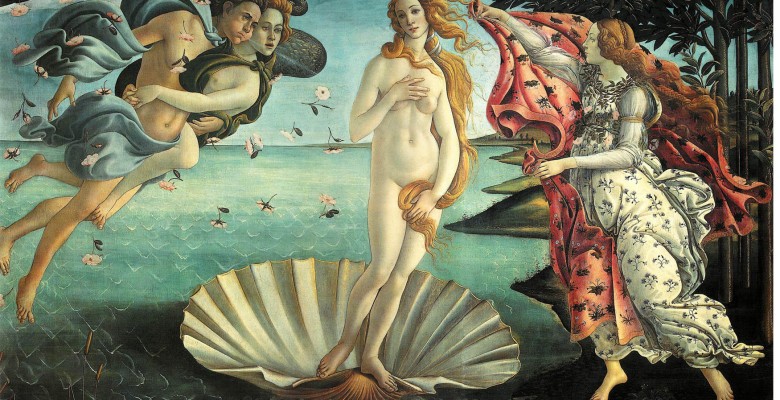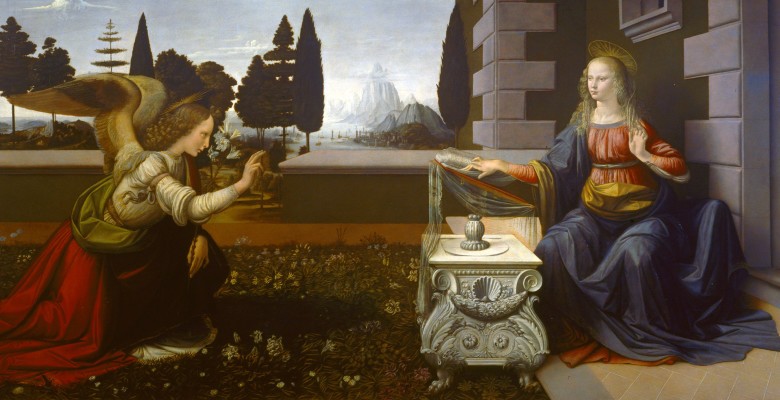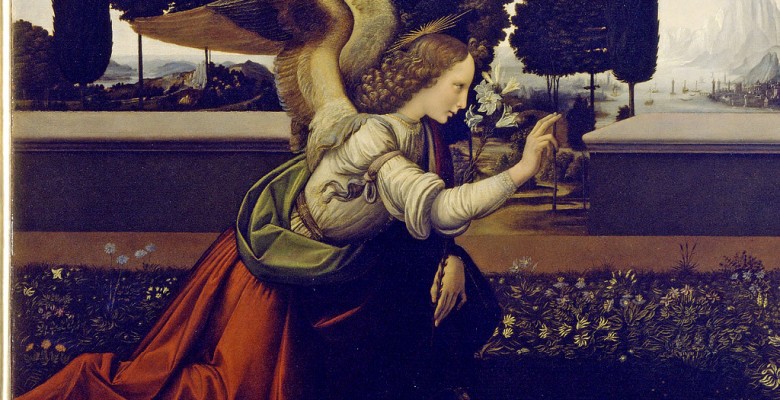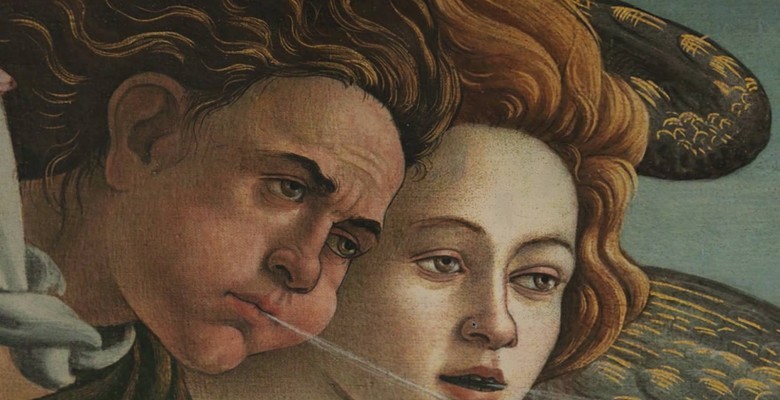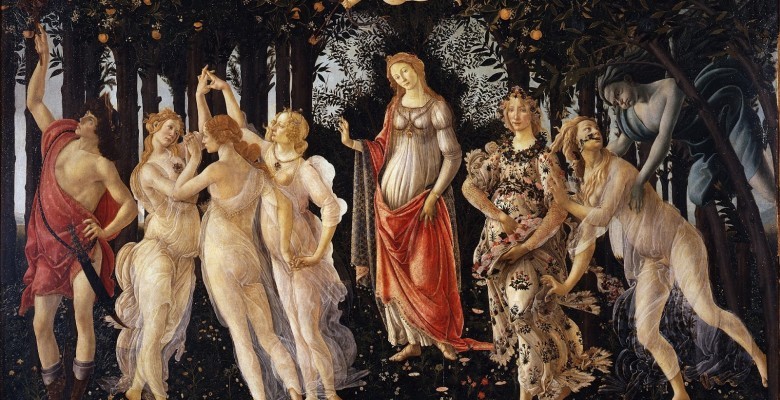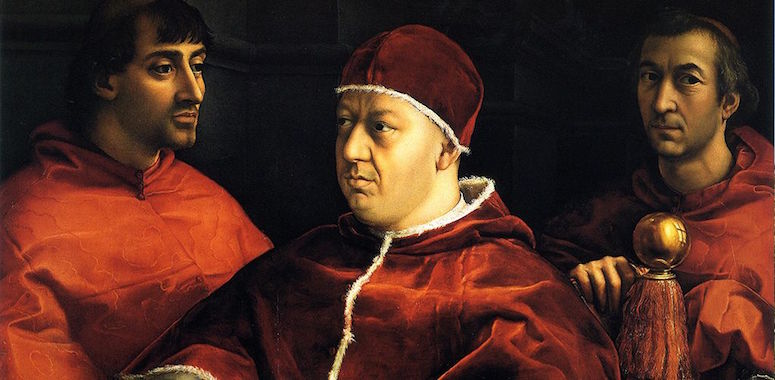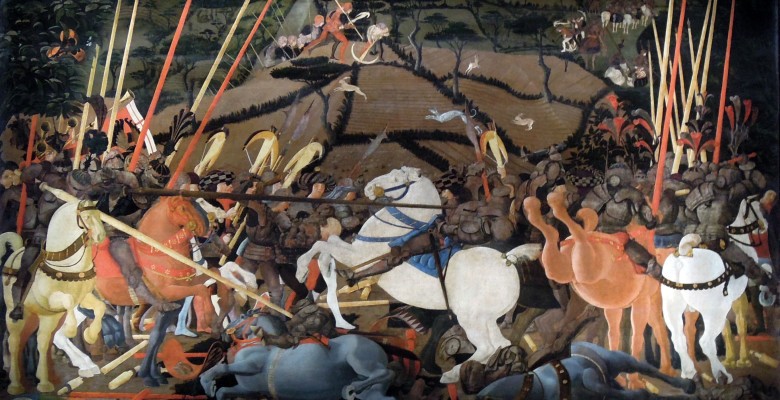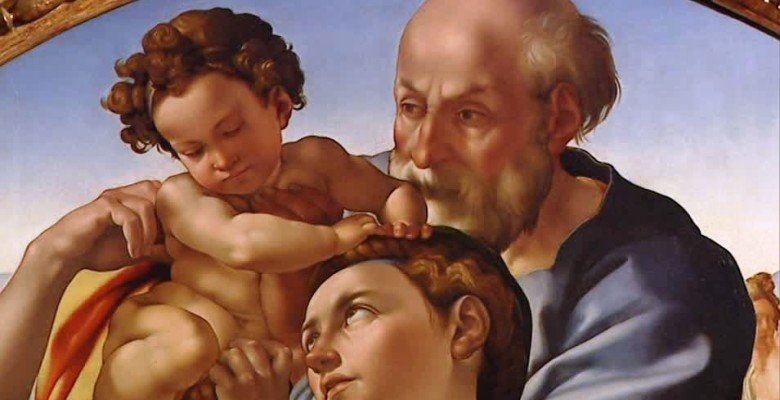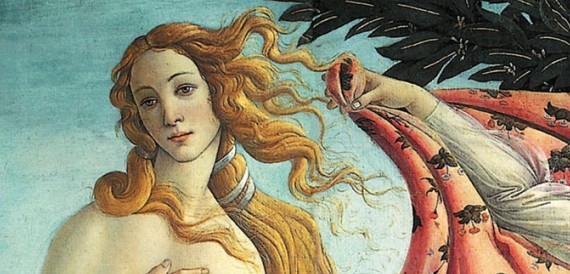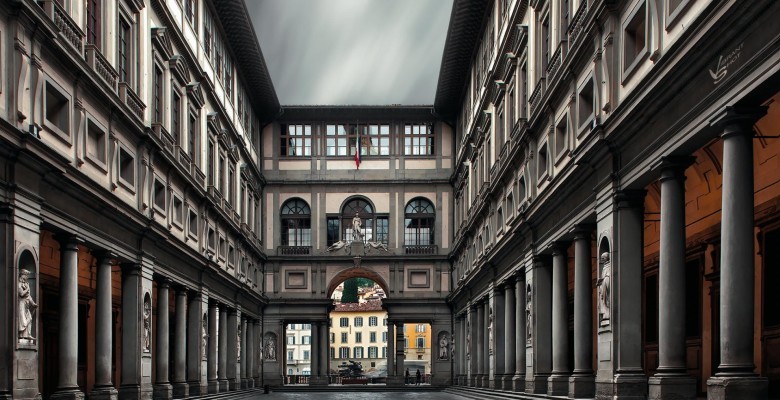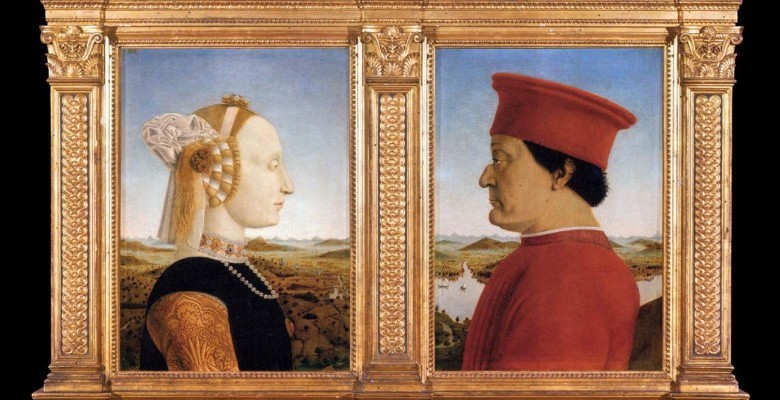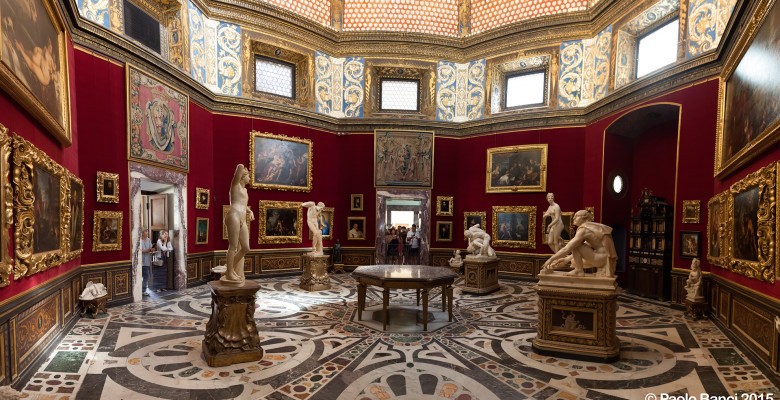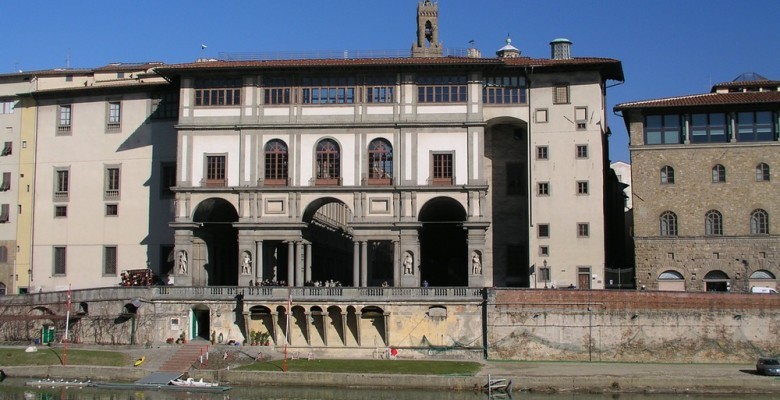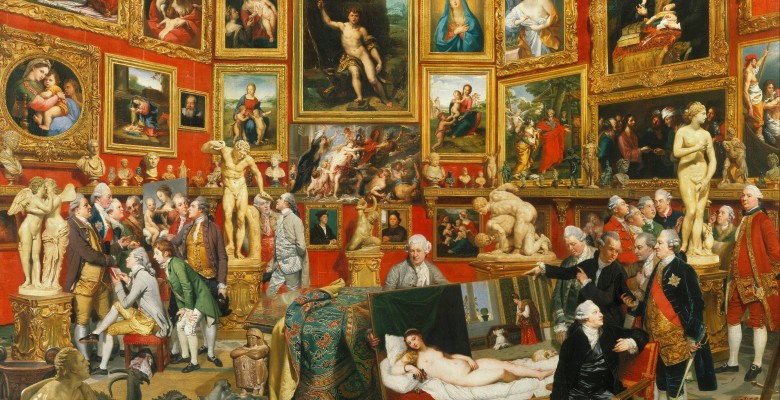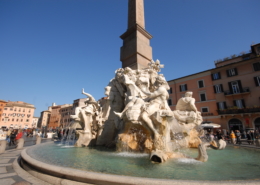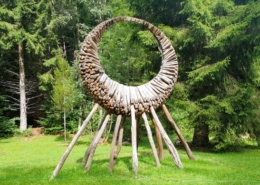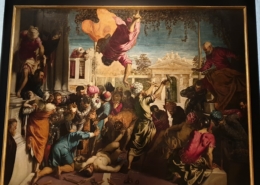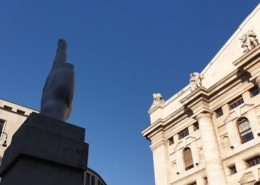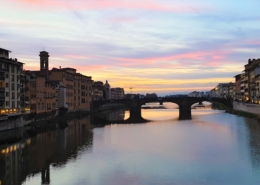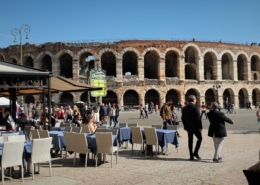Highlights of this tour
- ‘Spring’ and ‘Birth of Venus’ by Botticelli
- Leonardo’s ‘Annunciation’
- Michelangelo’s ‘Tondo Doni’
- Titian’s ‘Venus of Urbino’
- ‘Madonna with the Long Neck’ by Parmigianino
- Raphael’s portrait of Pope Leo X Medici
- Caravaggio’s ‘Medusa’
The immortal treasures of the renaissance at the Uffizi
The Uffizi Gallery is one of the oldest public museums in the western world (28 years previous to the Louvre, just to mention), as it opened to the public in 1765.
It had formerly been a private collection, belonging, easy to guess, to the Medici.
The name itself, ‘Uffizi’, means simply ‘offices’, as the original destination, at the times of Cosimo I , was to gather together all main Florence offices and magistracies.
The architect, Giorgio Vasari, designed a peculiar U shape, using a severe grey stone called ‘pietra serena’.
The idea of using the Uffizi as an art gallery as well started to develop in 1574, when Francesco I, Cosimo’s son (Bianca Cappello’s husband) transformed the second floor into a place where one could ‘walk surrounded by paintings, statues and other valuable things’.
Architect Buontalenti was to build an octagonal ‘Tribune’ for outstanding art objects, beautifully encrusted in mother-of-pearl and vibrant with red and gold.
Archival documents prove that laboratories of art and alchemy were placed side by side by the Grand Dukes Francesco I and Ferdinando I de’ Medici (1587–1609) to facilitate collaboration between artists and scientists.
Goldsmiths, jewelers, cabinetmakers, sculptors, painters, and cutters of semi-precious stones exchanged theoretical and technical skills with the alchemists who worked in the Uffizi.
As the art collected or commissioned by the Medici grew, more and more rooms of the Uffizi were involved.
Vasari, who was not only the architect but also the author of Lives of the Artists ( 1550 and 1568), states that Leonardo and Michelangelo used to gather here “for beauty, for work and for recreation.”
Cost of this tour
- This tour lasts three hours and costs 270 euros up to six people (not per person), only private parties.
- For larger parties send us an email
- Admission fee: 32 euro (we’ll prebook for you) – The Uffizi are closed on Monday

